Progress in astronomy often derives from progress in technology to analyze fainter and more distant sources. Thanks to important new developments it is now possible to construct a new generation of large telescopes to probe the deep universe.
But this huge technological step forwards can also benefit smaller telescopes: a modern meter-class telescope equipped with state-of-the-art detectors can now perform research that 30 years ago could only be done with the largest telescopes. The advantage of a smaller telescope simply is that it can be run on a smaller scale, and so be dedicated to a limited amount of well-targeted projects that require much observing time. This advantage is most obvious for projects monitoring variable sources, which require fairly continuous availability of the telescope.
The COSMOGRAIL monitoring started in 2004. As of 2009, it is reliably performed by the Swiss Euler telescope in the southern hemisphere and the Indian HCT in the northern hemisphere. Telescopes which have contributed to the COSMOGRAIL monitoring are listed below.
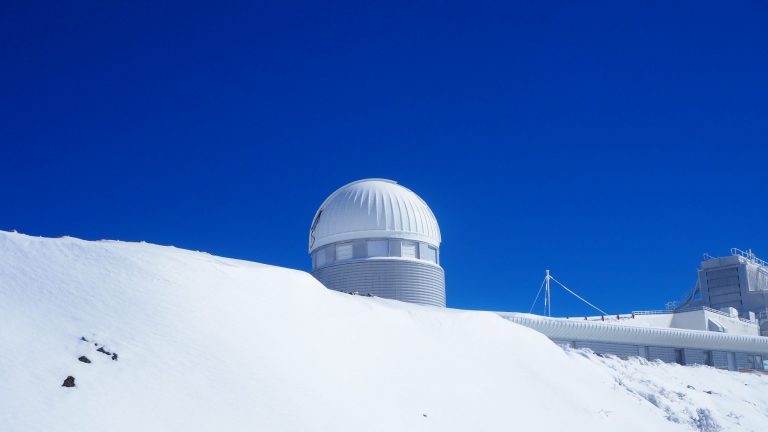
Euler is a 1.2-meter telescope operated by the Observatoire de Sauverny (University of Geneva & EPFL, in Switzerland), and located at La Silla Observatory in Chile (29°15′ S 70°44′ W, 2400m altitude).
Its observing time is mainly shared between extrasolar planet search and characterization with the CORALIE spectrometer and ECAM camera, stellar variability and asteroseismology, and the monitoring of gravitationally lensed quasars. Image credit : Martin Millon
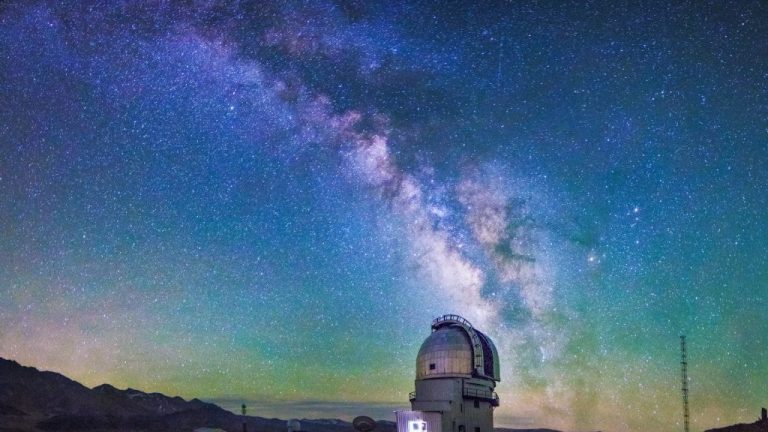
HCT is a 2-m optical-infrared telescope installed at the Indian Astronomical Observatory in Hanle (32°47′ N 78°58′ E), at an altitude of 4500 meters to the north of Western Himalayas. The telescope is remotely operated from CREST, Hosakote, via a dedicated satellite link. Image Credit : Navaneeth Unnikrishnan
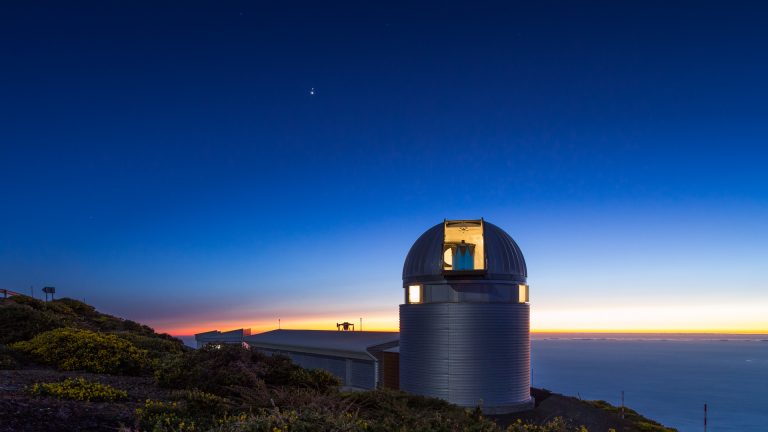
Mercator is a 1.2-meter telescope operated by the Instituut voor Sterrenkunde, Katholieke Universiteit Leuven (Belgium) and located at the Observatorio del Roque de Los Muchachos on the island of La Palma, Canary Islands, Spain (28°46′ N 17°53′ W, 2330m altitude). It is the twin brother of Euler Telescope.
Efforts are coordinated on a certain amount of projects, where regular observations of variable sources are needed, including asteroseismology, high-energy astrophysics (monitoring of gamma-ray bursters, X-ray transients, supernovae), active galactic nuclei and gravitational lenses.
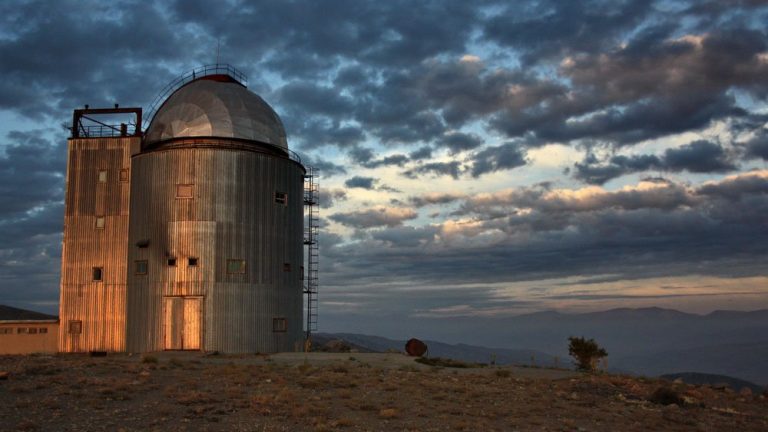
The 1.5-meter telescope of the Mt. Maidanak Observatory is located at the south-east of the Republic of Uzbekistan (38°41′ N 66°56′ E). It lies on the spurs of the Pamir Alai mountain system at 2000m above sea level. Image Credit : Luxury Asia
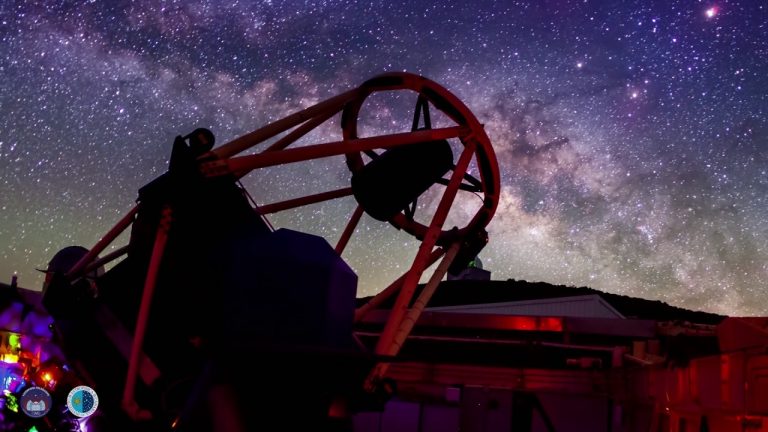
The Liverpool Robotic Telescope (LRT) is a 2.0-meter fully robotic telescope at the Observatorio del Roque de Los Muchachos, La Palma (Spain), designed and built by Telescope Technologies Ltd, owned and operated by the Astrophysics Research Institute of Liverpool JMU.
This robotic telescope allows to properly undertake scientific programs that require long-term monitoring of variable objects (novae, extra-galactic SN, quasars) as well as rapid reaction to unpredictable phenomena and their systematic follow up (GRB, near-Earth asteroids, long-period comets). Image credit : Daniel López/IAC
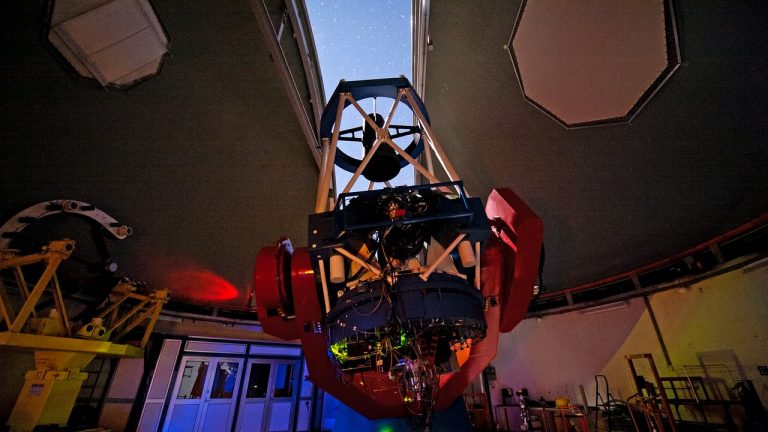
The 2.2m telescope at La Silla has been in operation since early 1984 and is on indefinite loan to ESO from the Max Planck Gesellschaft. The telescope time is shared between the MPI and ESO Observers. Operation and maintenance of the telescope is the responsibility of ESO. The telescope has been in use at La Silla since 1984 and lies at an altitude of 2335 meters. Image credit : ESO.